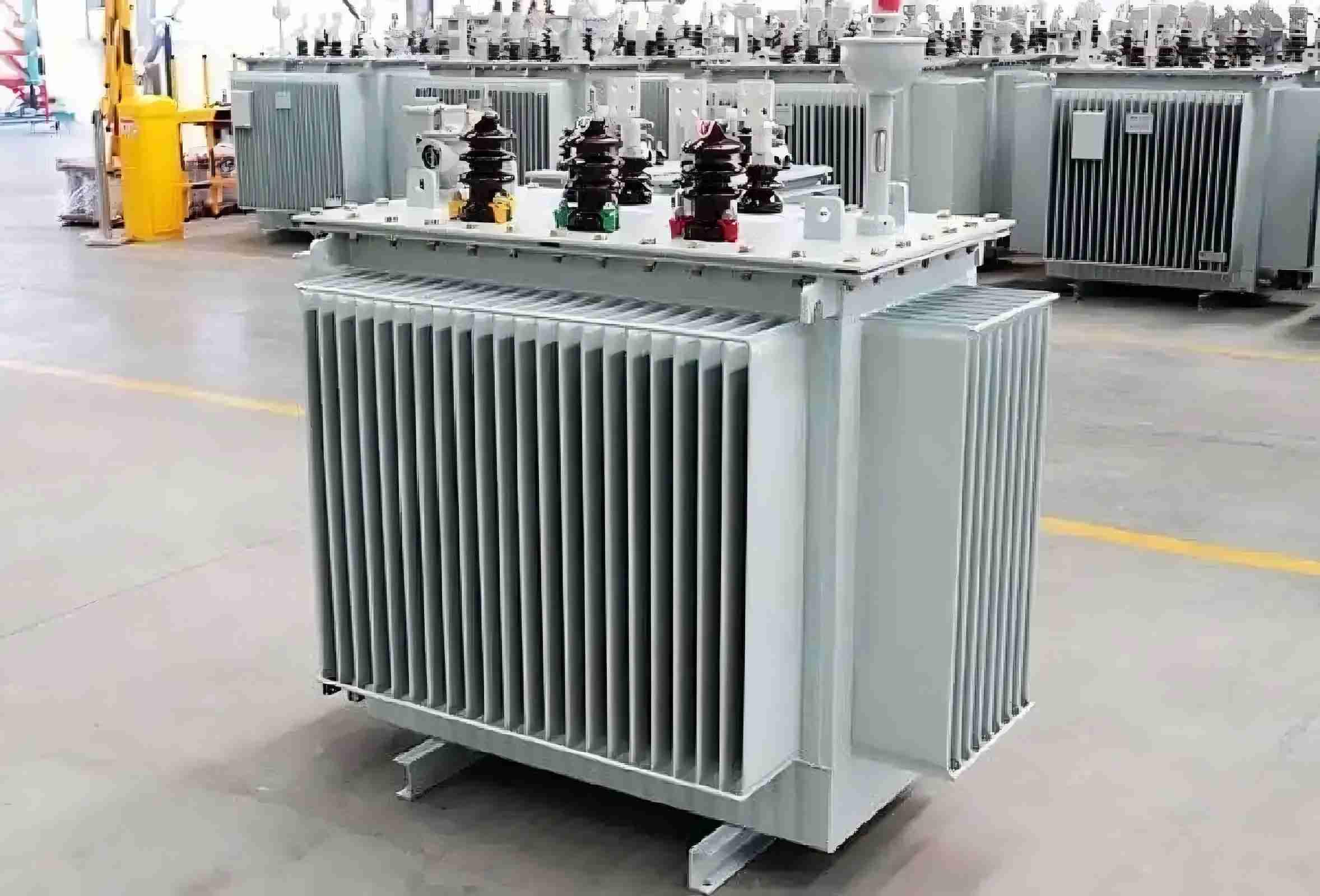Transformers play a key role in electrical systems by adjusting voltage levels to facilitate the transmission and distribution of electricity. Dry-type and oil-type transformers are two of the most common types, each with distinct characteristics and ideal applications. Here's a guide on how to choose the right transformer based on your specific needs.
Characteristics of Dry-Type and Oil-Type Transformers
Dry-Type Transformers
1. Fire Resistance: Dry-type transformers use resin insulation, which is non-flammable and provides excellent fire resistance. This makes them ideal for locations with strict fire safety standards, such as commercial buildings, hospitals, and schools.
2. Environmentally Friendly: Unlike oil-type transformers, dry-type transformers don't produce oil-related pollution during operation, making them a more environmentally friendly choice.
3. Easy Installation: Dry-type transformers are compact and lightweight, making them easier to install both indoors and outdoors.
4. Low Maintenance Costs: Without the need for oil tanks, radiators, and other components, dry-type transformers are simpler to maintain, which keeps maintenance costs low.
Oil-Type Transformers
1. Superior Heat Dissipation: Oil-type transformers use transformer oil for cooling, which provides excellent heat dissipation and helps them handle higher loads.
2. Lower Initial Cost: Oil-type transformers are generally more affordable to purchase, making them a budget-friendly option for many applications.
3. Great Insulation: Transformer oil offers excellent insulation properties, which helps protect the transformer's internal components, especially the windings.
4. Stronger Overload Capacity: Oil-type transformers can handle a higher degree of overload, making them suitable for applications with fluctuating or heavy loads.
Key Considerations
Operating Environment
1. Fire Safety: If fire safety is a primary concern—such as in high-rise buildings, shopping centers, or hospitals—dry-type transformers are the better option.
2. Environmental Impact: For locations where oil pollution is a concern or where environmental standards are stringent, dry-type transformers are preferable as they don't produce oil-related contaminants.
3. Space Constraints: If space is limited, the smaller, lighter design of dry-type transformers makes them easier to fit into tight spaces.
Load Characteristics
For environments with large, fluctuating, or sudden changes in load (such as with frequently started motors or welding machines), oil-type transformers are often better suited due to their stronger overload capacity. The oil helps buffer the effects of load fluctuations, preventing damage to the transformer. For stable, consistent loads, either dry-type or oil-type transformers can work effectively, and other factors should guide the choice.
Cost Considerations
1. Initial Cost: Oil-type transformers tend to have a lower initial purchase cost compared to dry-type transformers.
2. Operating Costs: Dry-type transformers generally have lower maintenance costs. On the other hand, oil-type transformers require regular oil changes and maintenance, which can lead to higher ongoing costs.
Reliability
1. Dry-Type Transformers: These are generally more reliable due to their moisture-resistant resin insulation, which makes them less susceptible to damage from environmental conditions.
2. Oil-Type Transformers: When properly maintained and with good quality oil, oil-type transformers can also be highly reliable. Regular checks and maintenance are crucial to ensure their performance over time.
Capacity and Voltage Requirements
Dry-type transformers are typically designed for smaller capacities and lower voltage levels. If your needs fall within these ranges, a dry-type transformer may be the best fit. However, for higher capacity and voltage requirements, oil-type transformers are usually the preferred choice.
Conclusion
Choosing between a dry-type and oil-type transformer depends on several factors, including the operating environment, load characteristics, cost, and reliability. If fire safety, environmental impact, and space are key considerations, or if you have smaller, stable loads and cost is less of an issue, dry-type transformers are likely the better option.
For environments with less strict fire safety requirements, larger spaces, or higher and more fluctuating loads, oil-type transformers may be more suitable, especially if cost is a concern. Regardless of which type you choose, ensure the transformer is of high quality and undergoes regular maintenance to ensure long-term reliability.
